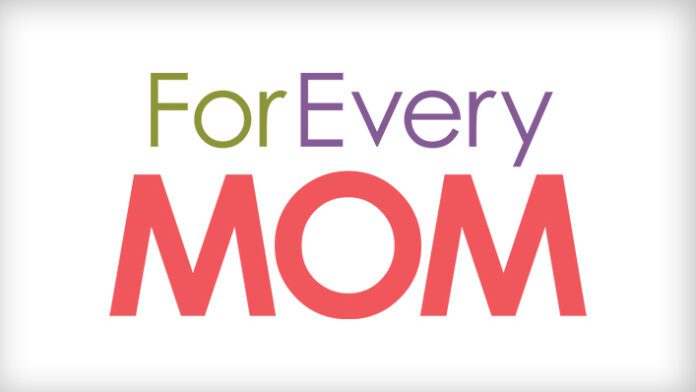We’ve all seen that child. You know, the one who screams and clings to his mom at the entrance to preschool. As a mom and long-time Children’s Ministry Director, I’ve been on both adult sides of that story.
Many years ago I tried to help one particularly stubborn child go into her Sunday School class, and she kicked me in the stomach. Hard. She’s a teenager now and we chuckle about it, but separation anxiety is no laughing matter for the mom and the kid who are dealing with the screaming right now.
Since “The Day Of The Kick,” I have had three kids of my own and have gotten a tiny bit wiser.
Here are 4 things I wish I’d known about separation anxiety back when I was getting kicked in the gut.
1. Separation anxiety is normal.
Most children with healthy relationships will go through some amount of separation anxiety, whether it’s at bedtime, preschool, or going to grandma’s house. The way they display it varies from child to child.
Because of its close relationship to fear, anxiety ignites our fight/flight/freeze response. A child might respond by kicking and screaming (fight), running away or hiding in the back of the van (flight), or refusing to talk or move (freeze).
2. The anxiety can indicate that something is wrong.
The other side of the “separation anxiety is normal” coin is that sometimes it’s actually an indication that something is wrong.
My youngest son’s first year of preschool was at a school that was well known for its speech therapy program. However, they were incredibly structured, almost to the point of being militant, and it was a terrible fit for my son. He grew to dread the moment he would be forced to say “Hi teacher” after putting his indoor shoes on, and refused to even walk into the building.
A few months after switching to a new preschool, much of his anxiety went away and he started to look forward to school.
It takes a wise parent to assess a child’s anxiety and determine if it’s coming from a healthy, developmentally appropriate place, or if something is actually wrong. I always recommend that parents do a little covert digging to see what is bothering your child. Like our preschool experience, it could be something that is perfect for another child, but doesn’t work for yours.
3. Prayer helps
My eldest has struggled with anxiety of all types since he was little. He’s one of those kids that seems to be perma-worried. The best thing I’ve ever done for him was pray a nightly Bible verse over him. I started in Kindergarten and continued for several years. He now knows that verse by memory because I’ve prayed it over him so many times.
4. Goodbye rituals can save the day.
When we say goodbye in the exact same way each time we drop our child off, we set up their little brains for success. We create a habit, or a consistent neurological pathway, if you prefer, that the child learns to rely on.
When I drop off my son anywhere, I always invite him to wave goodbye out the front window. This gives him the chance to take control of the situation by choosing to walk to the window, and gives us a consistent goodbye ritual that we can do almost anywhere.
We also recently started buckling his teddy bear into his carseat just before I walk him to the door. He loves to say goodbye to his teddy, and he is reassured of the security he has in us when Teddy returns in the same position!

